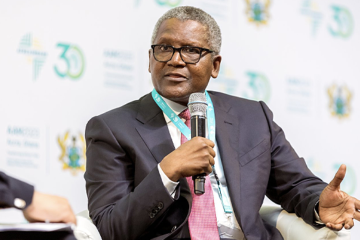
World Bank
The number of Nigerians classified as living below the poverty line could increase as the World Bank has raised the line to $2.15 (N936.32) from $1.90 (N827.45), starting this month.
This is 0.25 cents higher and N108.87 more at N435/$ rate as of Monday.
It means households need above N936 daily to be above poverty level.
The bank, in a report, also said the national poverty lines in lower-middle income countries ($3.20 per day) and upper-middle income countries ($5.50) had been adjusted to $3.65 and $6.85.
The bank introduced the dollar-a-day poverty line in its 1990 World Development Report which was based on the 1985 Purchasing Power Parities.
It said over time the poverty line rose due to increases in prices.
As new PPPs have been released, the bank has revised the international poverty line from $1 a day in the 1985 PPPs to $1.08 with the 1993 PPPs, to $1.25 with the 2005 PPPs, and to the $1.90 line with the 2011 PPPs that has been in use till today.
The bank announced in May, 2022, that in the fall of this year it would switch to the use of the 2017 PPPs for the determination of global poverty figures.
It said, “As a result, the international poverty line will be $2.15. This means that everyone living on less than this amount per day will be considered in extreme poverty.”
In Nigeria, the national poverty line is N137,430 per person per year, which gives a national daily poverty line of N376.5 for each Nigerian.
The exchange rate of N425.55/$, on Monday, September 5, 2022, came to about $1.13 per day per person in Nigeria.
The World Bank last year declared that in 2020 alone, as many as seven million Nigerians might have been pushed into poverty by rising prices.
The bank explained that the number excluded the direct impact of COVID-19 on welfare.











